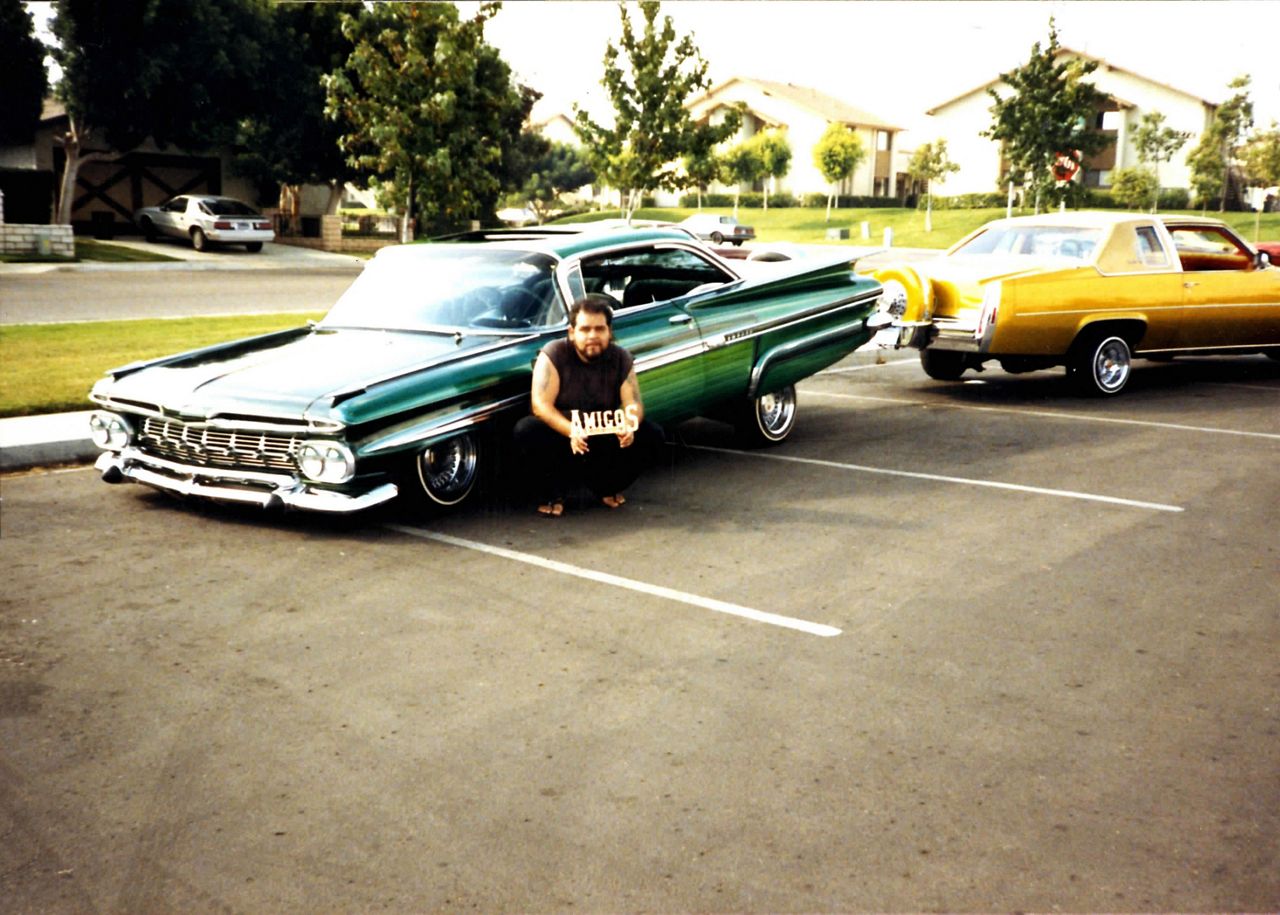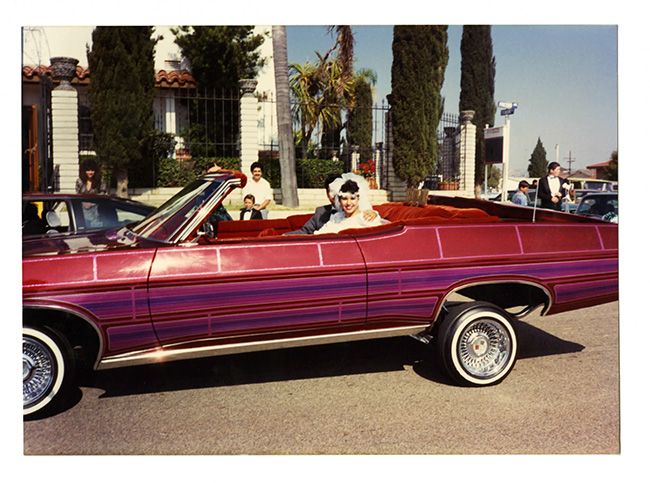SAN DIEGO — Starting Jan. 1, 2024, lowrider cruising across California will become legal, ending a decades-long ban on the popular pastime.
Behind the chrome, the lifts and the artwork of lowrider cars, Rigo Reyes says it’s all about community.
Reyes helped start Amigos Car Club in 1977. His contribution to lowriding and community activism is honored among the famous murals of Chicano Park.
“People think of them as our pastime, if you will, like a hobby. But for us, it’s not that. For us, frankly, it’s more a way of life,” Reyes said. “This is our lifestyle, this is who we are.”

His car, a 1929 Willys-Knight he named La Cucaracha after a famous Mexican movie, is just one of many that have been modified into elegant, stylized lowered vehicles with a strong Chicano influence.
Professors Alberto Pulido and Amanda Makula worked with Reyes to create the San Diego Lowrider Archival Project, a collaboration between the University of San Diego and the local lowrider community.
“It’s really an important part of San Diego’s history,” Makula said. “It’s really important to preserve it so that these images and documents aren’t just, you know, sort of just sitting in someone’s garage and they don’t see the light of day.”
The archive aims to recover and document the history of lowriding in San Diego and the surrounding borderlands by preserving and showcasing things like photographs, art and dance posters.

“Within the dominant culture, the white culture, you had this same phenomenon, but it was more with hot rods. But for the Chicano community, it went the opposite: low and slow,” Pulido said. “[The archive] reminds us that there’s a lot of history out there that is buried and we know little about it. And so this is a testament to the importance of documenting because now this is available for others and there will be more to add.”
Reyes is spreading the word in his community and hopes more people will come to understand how special lowriding is.
“We’re positive role models in our community,” he said. “To us, this is a way of life. This is who we are day in and day out.”
So far the items in the archive have been downloaded across the world more than 62,000 times and across more than 86 countries.



